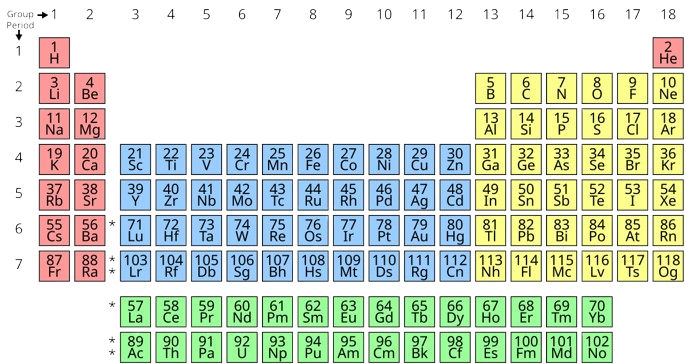Tag: periodic table short questions
-
Chapter 10 Periodic table Solved Exercise
Master the fundamentals of periodic table trends and reactions with this detailed guide. Explore key concepts, including ionization energy, electron affinity, and metallic vs. non-metallic character. Learn how sodium and...


